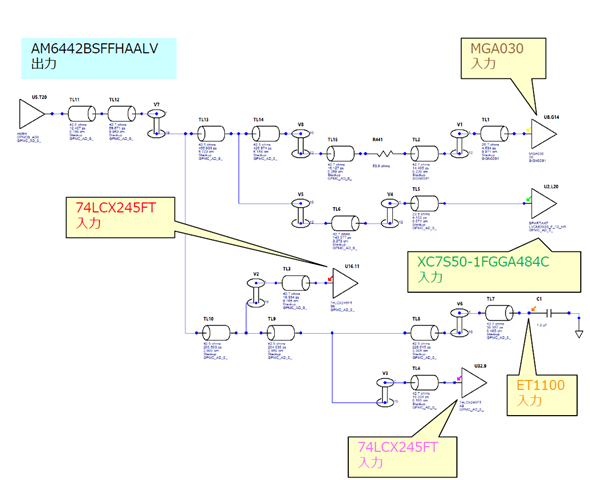Tool/software:
Hi Support Team,
Our customer, who is doing SI Simulation, has the following question about GPMC I/F.
The waveform is not a square wave, due to the small drive strength of the IBIS model (AM64x SR2.0 BSDL Model).
The simulation is still in progress, but I wonder if the current result is correct.
If not, please let me know how to fix it.
Best Regards,
Kanae


